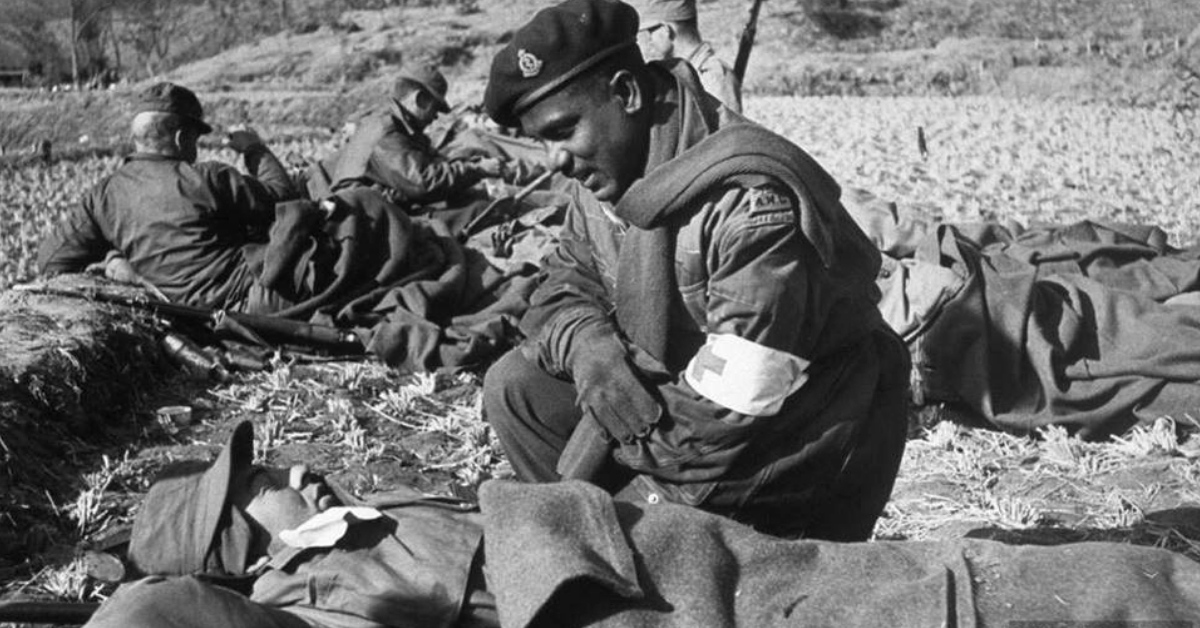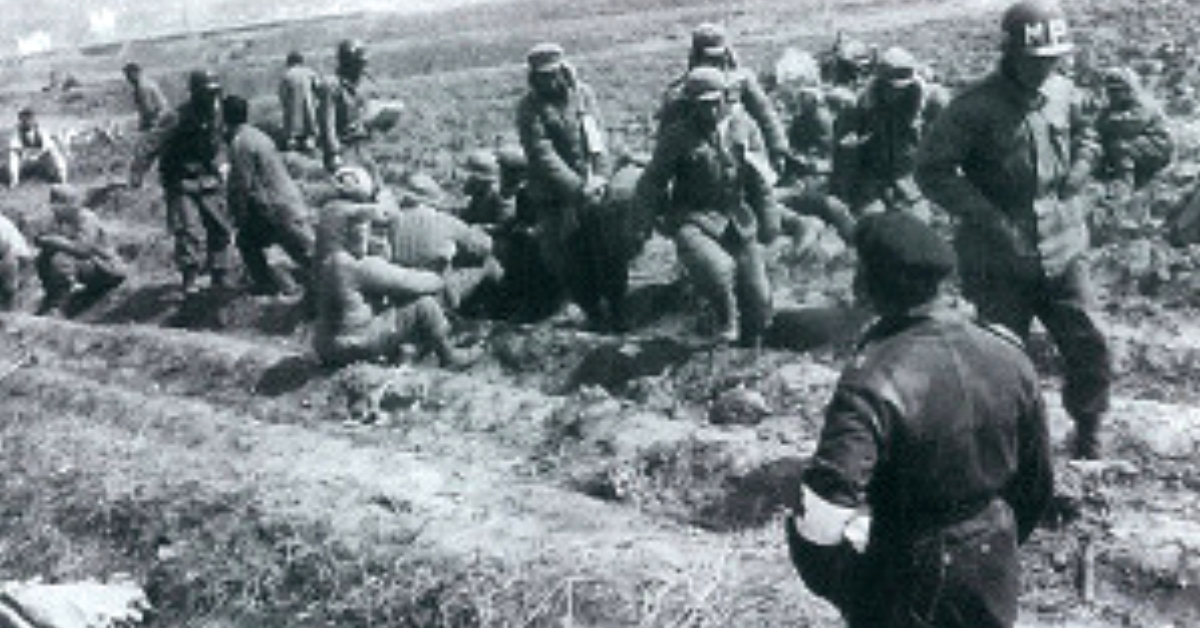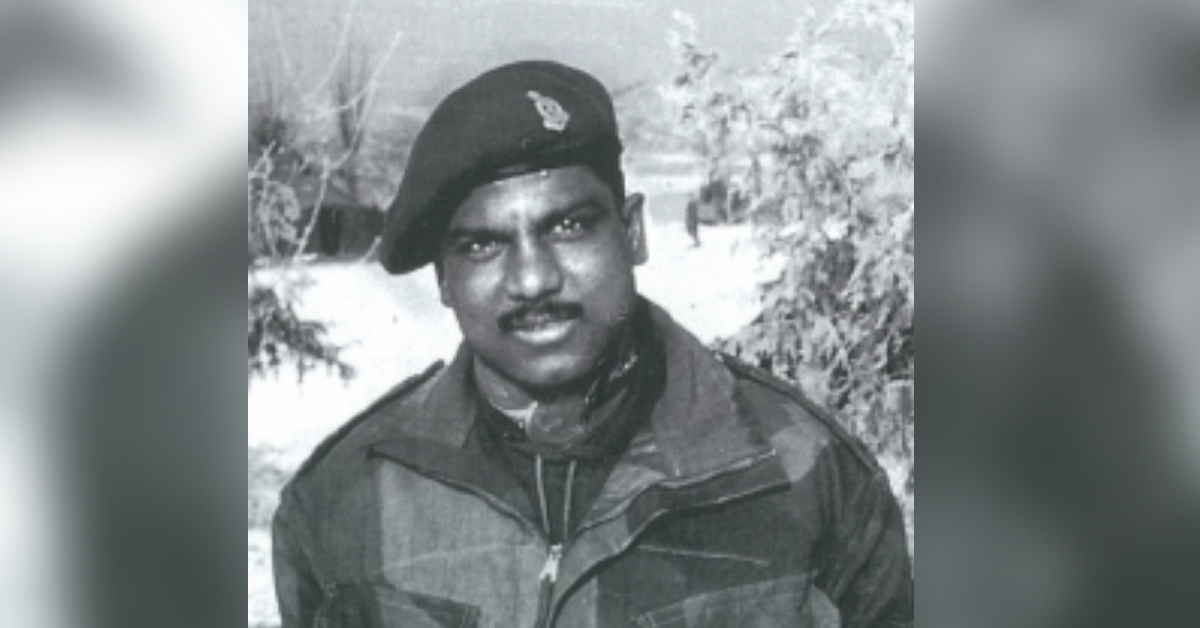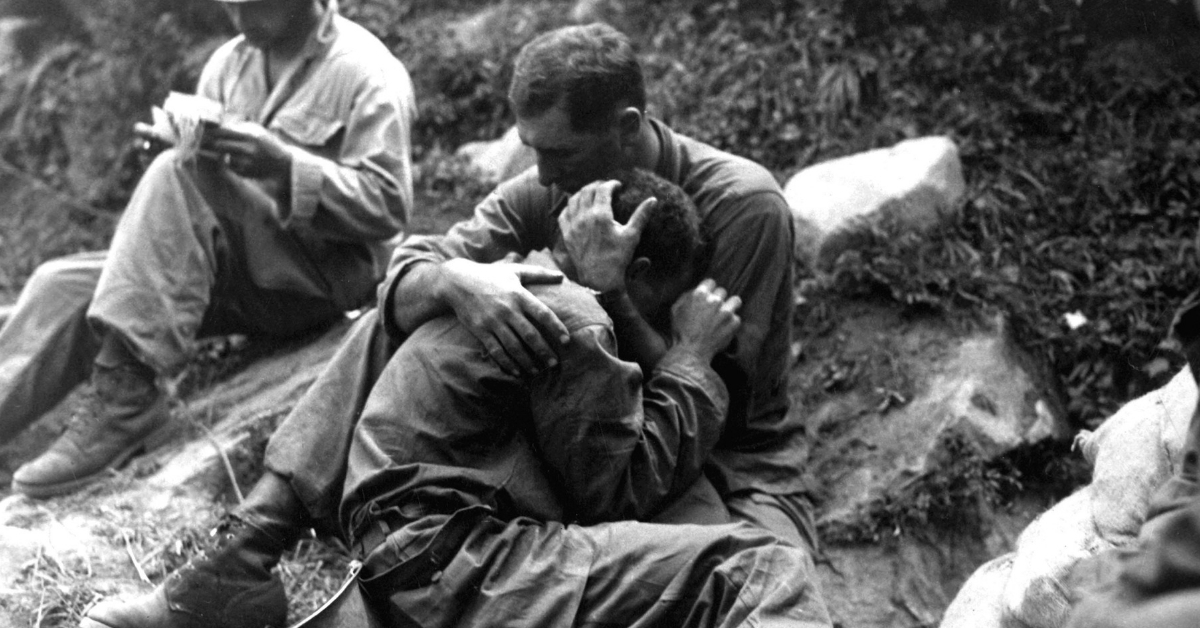The Forgotten Tale of the Indian Heroes Who Saved Hundreds of Lives in the Korean War
“I was immediately struck by the (Indians’) efficiency. That small unit, adapted for an airborne role, has carried out 103 operations. which is quite outstanding for that type of unit … probably 50 of those operated (on) owed their lives to those men.”

A memorial to commemorate India’s role in the Korean War (1950-1953) is all set to be constructed in New Delhi. It will be a joint effort between South Korea and India, and the work around its design is in progress.
Speaking to NDTV, Shin Bog-kil, South Korea’s envoy, said, “We already have Korean War memorials in several countries, including, the UK (London), the US (Washington, DC)… both sides (India and South Korea) have agreed to build a Korean War memorial in India (Delhi). The city government has already designated a place for it… We need some sort of a design and South Korea would be happy to fund it.”
The war between North and South Korea, backed by China, the Soviet Union (in support of North Korea) and the United States (supporting South Korea) began on 25 June 1950. India is among the 21 countries which participated in the war and had sent medical teams and a custodian force to deal with the Prisoners of War (PoW).
How was it that the newly independent India got involved in a raging war between the two Koreas?
And how significant was the country’s involvement that war veterans remember the Indian soldiers fondly even till this day?

Here’s the intriguing story about the war, which is missing from most of our history books.
Korea was split into two sovereign states as a result of the Cold war, and the governments of both the states claimed to be the only legitimate governing body of all of Korea. The war began when North Korea invaded the South on 25 June 1950.
Following the invasion, the UN called upon several countries—including India—to dispatch their troops to South Korea. As India had achieved independence only three years ago and was struggling to find its feet, the government decided that the country was not yet ready to send military help. Instead, they contributed a medical unit to help South Korean soldiers and civilians, as a humanitarian gesture.
Accordingly, the 60 Para Field Ambulance (also known as 60 Para) commanded by Lieutenant Colonel AG Rangaraj was sent to the war-stricken country. The total unit comprised 346 men, including four combat surgeons, two anaesthesiologists and one dentist.
Lt Col Rangaraj was a celebrated soldier with the British Army.

He had fought against the Japanese in 1944 and also been a part of a battle in Burma during World War 2. Additionally, Rangaraj was one of the first Indians (along with Havildar Major Mathura Singh) to make a parachute jump.
The Indian soldiers did not have to participate in combat, but that did not reduce their challenges in any way. The troops had reached with six months worth of medical supplies, but upon reaching, they realised that they had no transport.
Kapyong Korea, a Korean blog describes one of the first challenges that the 60 Para had to overcome in this war.
“When the Chinese swarmed through UN lines in November 1950, the 60th had to evacuate its position. But they had no transport and were reluctant to abandon their medical equipment. They stumbled across an ancient steam locomotive, formed bucket brigades to fill the boilers with water, and loaded up the train.
Two soldiers (with zero previous train experience), got it all running and chugged across the last bridge south before it was blown.

They don’t teach that in medical school or army staff colleges.”
In March 1951, the United States had launched operation Tomahawk, the second largest airborne infiltration in the war. The casualties were going to be innumerable, but the Indian troops were ready to take care of every injury, whether light or serious, on the battlefield and carried out a total of 103 operations during this time.
You may also like: The Unsung Braveheart Who Launched Smoke Bombs Alongside Bhagat Singh
A US Commander said, “I was immediately struck by the (Indians’) efficiency. That small unit, adapted for an airborne role, has carried out 103 operations. which is quite outstanding for that type of unit … probably 50 of those operated (on) owed their lives to those men.”
In September that year, the unit evacuated 150 soldiers and attended to 448 casualties in a matter if six days—an incredibly rare feat at the time.
The troops served in Korea for over three years and returned to India in February 1954.
They had treated about 20,000 wounds, including conducting 2,300 field surgeries, during the entirety of the war.

One of the primary reasons why the war was prolonged and why both sides had to initiate attacks in intervals was the on-again, off-again armistice negotiations. Here too, India played an important role. It was under the Indian General KS Thimayya that the final armistice agreement was signed, on 27 July 1953.
Lee Myung-Bak, the former South Korean president, had said in 2010, “Korea was fortunate to have India, the source of an ancient and noble civilisation, as a friend during the war. The medical unit headed by Col AG Rangaraj valiantly rushed to the aid of wounded soldiers in the face of a fierce crossfire. For its distinguished service, the unit received citations of merit from the Korean government on a number of occasions. Had it not been for the devoted services and sacrifices of the Indian people, Korea would not have become what it is today.”
You may also like: Untold Story of the Freedom Fighter Who Carried a Sick Jayaprakash Narayan to Safety
In addition to being feted by the Korean government, the 60th Para received accolades from India, South Korea as well as the UN, for their exceptional service. The Indian government awarded two officers, including Lt Col Rangaraj, the Maha Vir Chakras. Six officers were awarded the Vir Chakras and 25 mention-in-dispatches. The unit also received a US Bronze Star, a decoration award for historic achievement, heroic service, meritorious achievement or meritorious service in a combat zone.
Unfortunately, as time went by, the accounts of medical assistants and others who supported the soldiers got lost. As a result of this, Lt Col Rangaraj and the work of 60th Para isn’t widely known in India.
Thanks to the memorial, this is all set to change.
(Edited by Gayatri Mishra)
Like this story? Or have something to share?
Write to us: [email protected]
Connect with us on Facebook and Twitter.
This story made me
- 97
- 121
- 89
- 167
Tell Us More
We bring stories straight from the heart of India, to inspire millions and create a wave of impact. Our positive movement is growing bigger everyday, and we would love for you to join it.
Please contribute whatever you can, every little penny helps our team in bringing you more stories that support dreams and spread hope.



















